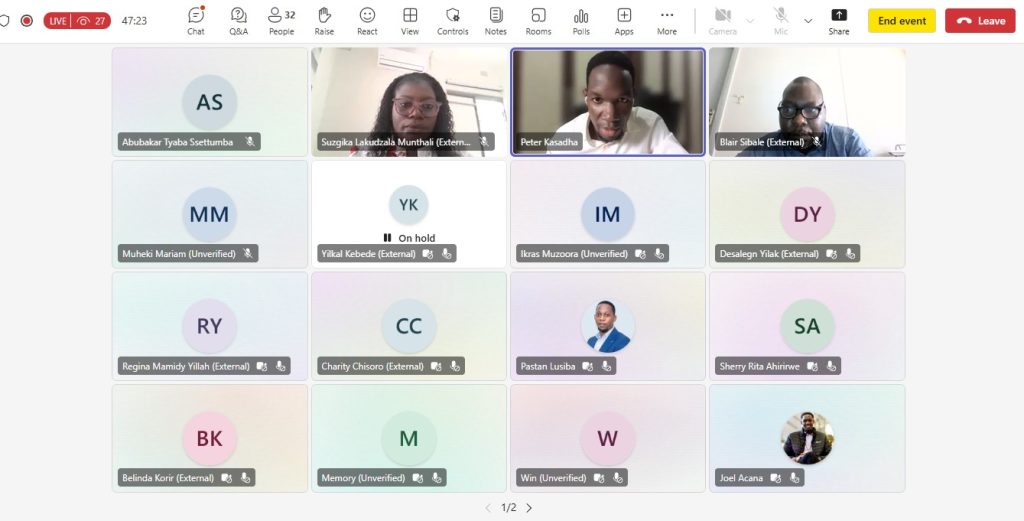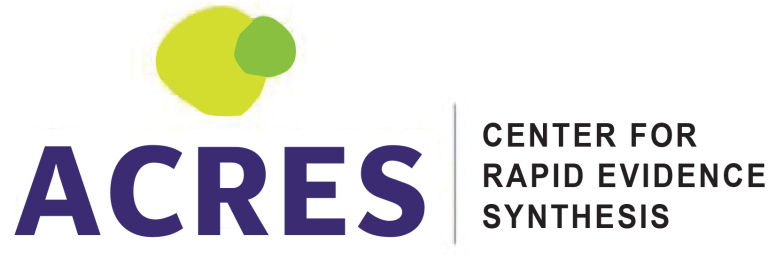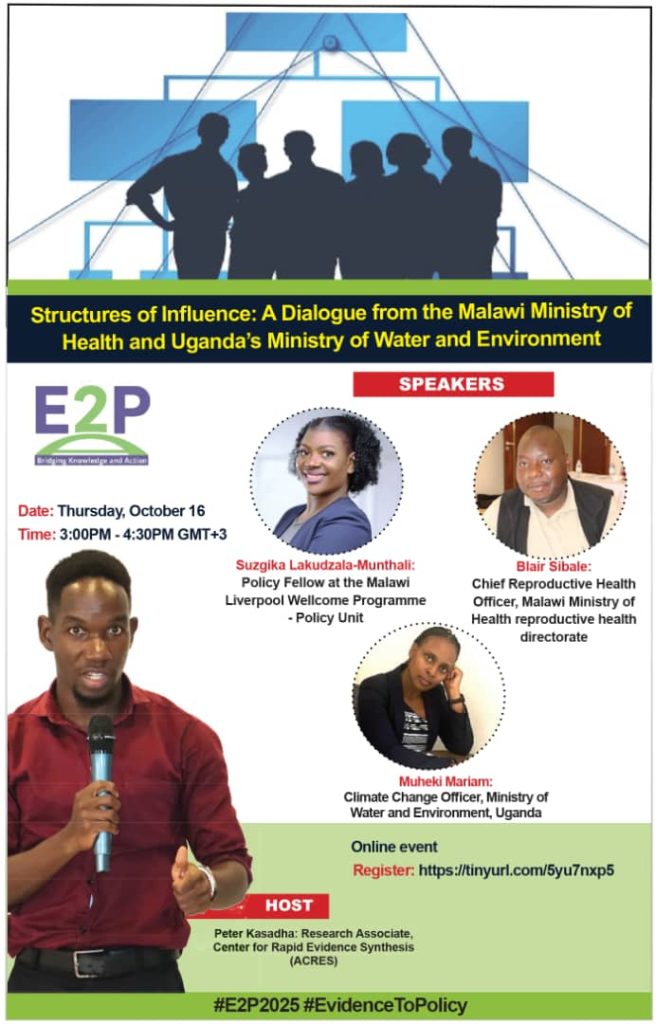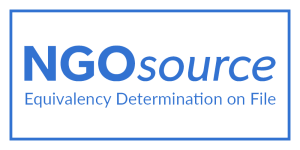
For years, the central challenge in Evidence-Informed Policymaking (EIP) has been clear: we know why evidence is crucial, but how do we build government structures that consistently use it?
In a recent webinar hosted by Peter Kasadha, Research Associate at the Center for Rapid Evidence Synthesis (ACRES), “Structures of Influence: A Dialogue from the Malawi Ministry of Health and Uganda’s Ministry of Water and Environment,” we moved beyond theory to tackle this very question.
Hosted by the Evidence to Policy (E2P) Training Program, the session offered a rare, candid look at the institutional machinery inside two African government agencies.
You can watch the full conversation here:
The Malawi case: Brokering trust in reproductive health
Presented by Blair Sibale (Chief Reproductive Health Officer, Malawi Ministry of Health) and Suzgika Lakudzala-Munthali (Policy Fellow, Malawi Liverpool Wellcome (MLW) Research Programme), the case from Malawi highlighted collaboration.
Blair Sibale outlined the Ministry of Health’s mandate and the role of the Reproductive Health Directorate (RHD). He explained that while evidence is key for decision-making, the RHD faces concrete challenges:
- Fragmented data systems
- Limited capacity for evidence synthesis
- Resource constraints
- Variable ownership & buy-in at the district level.
Suzgika Lakudzala-Munthali then detailed how the MLW acts as a knowledge broker to bridge these gaps. Their successful partnership with the RHD is built on:
- Co-production: Jointly creating “Rapid Response Briefs” on urgent issues like maternal sepsis.
- Embedded engagement: Having a focal point within the Directorate and active participation in technical working groups.
- Investing in capacity: Training officers within the RHD through the E2P program to institutionalize evidence-use skills.
The Takeaway: This is more than a partnership; it’s an investment in long-term systemic capacity, built on trust and shared ownership.
The Uganda case: Coordinating climate action across a complex system
Muheki Mariam (Climate Change Officer, Ministry of Water and Environment) provided a comprehensive overview of the Climate Change Department’s (CCD) role in driving national climate governance.
She detailed the intricate “Structures for Evidence Generation,” which involve partnerships with the Meteorology Department, the National Planning Authority, and academic institutions. For Evidence Synthesis, the CCD relies on a multi-tiered system:
* Technical Working Groups (TWGs)
* Project Steering Committees
* Reviews by the National Climate Change Advisory Committee
* Approval through the Policy Committee and Cabinet
Despite this robust framework, Muheki highlighted significant hurdles:
- Inadequate capacity and technology for data management.
- Competing priorities and limited funding.
- Political interests and slow-moving bureaucracies.
The Takeaway: Even with well-defined structures for evidence flow, implementation is often affected by a lack of resources and the inherent complexities of political and administrative systems.
The key lessons from the webinar are universal:
1. Structures must be manned: A technical working group or a committee is just a name without the skilled personnel and funding to make it functional.
2. Partnerships bridge gaps: External research partners can be vital, but the most effective collaborations are co-owned and build long-term internal capacity within government.
3. Bureaucracy is a reality: Acknowledging and navigating political interests and hierarchical delays is a core part of the “how.”
Missed the live session? Watch the full webinar above and join the conversation.
This webinar was an initiative of the Evidence to Policy (E2P) Training Program.



